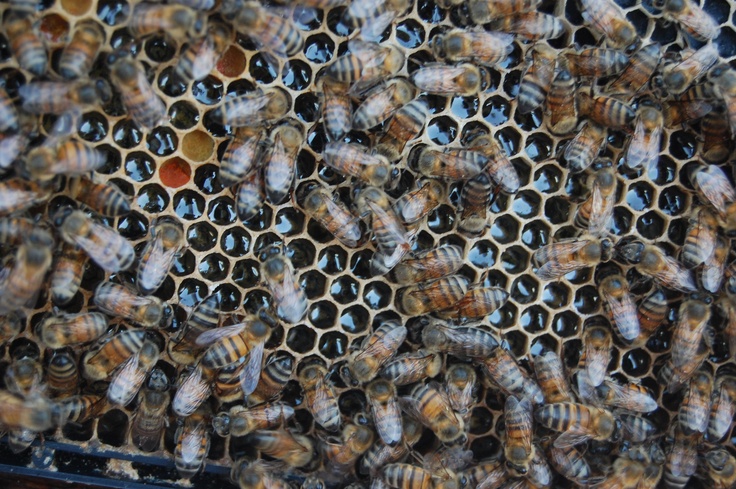During the 1950s, a large number of highly aggressive and exotic African honey bees escaped from an apiary in Brazil. In the following decades, these dangerous bees migrated north through Central America and Mexico where they mated with local bee populations to produce aggressive hybrid offspring known as “Africanized honey bees.” After decades of anticipation, Africanized honey bees, also known as “killer bees,” arrived in the United States where hives were recovered from southern Texas in 1990. Today, wild honey bee populations in many southern states, particularly southwestern states, have become Africanized. For example, it has been estimated that 95 percent of wild honey bees in Arizona have become Africanized, and as a result, medically serious and even fatal honey bee attacks have been increasing significantly with each passing year in Arizona since the stinging pests were introduced into the state in 1993. In 2002, Africanized honey bees were discovered in San Diego, and today, experts estimate that 95 percent of the wild honey bee population in San Diego is Africanized. Sadly, honey bee attacks have killed individuals living in San Diego, and just last week, a jogger in the city was attacked by Africanized honey bees, but luckily, he survived.
Africanized honey bees are far more defensive than the common western honey bees that Americans are familiar with. Africanized honey bees attack more readily than western honey bees in response to nest disturbances and their attacks result in ten times the number of stings that result from western honey bee attacks. Amazingly, Africanized honey bees are known to chase fleeing humans for a quarter of a mile after their nests become disturbed. In 2010, an Encinitas man was killed by Africanized honey bees on his property after inadvertently disturbing a nest while performing yard work. Earlier this month in North County, a San Diego college student sustained at least 150 Africanized honey bee stings while he was out jogging. Today, the victim is still breaking out in hives in response to a lasting allergic reaction to the bee venom, and doctors claimed that if the victim had not arrived at the hospital when he did, or if he was older or younger, he surely would have died. Africanized honey bees often establish nests on properties, and according to a recent nationwide survey of pest control firms, Africanized honey bees were the ninth most commonly managed stinging insect pests on residential and commercial properties during the 2016 year.
Have you ever encountered a honey bee nest?
During the 1950s, a large number of highly aggressive and exotic African honey bees escaped from an apiary in Brazil. In the following decades, these dangerous bees migrated north through Central America and Mexico where they mated with local bee populations to produce aggressive hybrid offspring known as “Africanized honey bees.” After decades of anticipation, Africanized honey bees, also known as “killer bees,” arrived in the United States where hives were recovered from southern Texas in 1990. Today, wild honey bee populations in many southern states, particularly southwestern states, have become Africanized. For example, it has been estimated that 95 percent of wild honey bees in Arizona have become Africanized, and as a result, medically serious and even fatal honey bee attacks have been increasing significantly with each passing year in Arizona since the stinging pests were introduced into the state in 1993. In 2002, Africanized honey bees were discovered in San Diego, and today, experts estimate that 95 percent of the wild honey bee population in San Diego is Africanized. Sadly, honey bee attacks have killed individuals living in San Diego, and just last week, a jogger in the city was attacked by Africanized honey bees, but luckily, he survived.
Africanized honey bees are far more defensive than the common western honey bees that Americans are familiar with. Africanized honey bees attack more readily than western honey bees in response to nest disturbances and their attacks result in ten times the number of stings that result from western honey bee attacks. Amazingly, Africanized honey bees are known to chase fleeing humans for a quarter of a mile after their nests become disturbed. In 2010, an Encinitas man was killed by Africanized honey bees on his property after inadvertently disturbing a nest while performing yard work. Earlier this month in North County, a San Diego college student sustained at least 150 Africanized honey bee stings while he was out jogging. Today, the victim is still breaking out in hives in response to a lasting allergic reaction to the bee venom, and doctors claimed that if the victim had not arrived at the hospital when he did, or if he was older or younger, he surely would have died. Africanized honey bees often establish nests on properties, and according to a recent nationwide survey of pest control firms, Africanized honey bees were the ninth most commonly managed stinging insect pests on residential and commercial properties during the 2016 year.
Have you ever encountered a honey bee nest?







